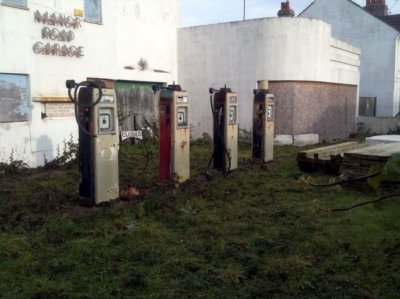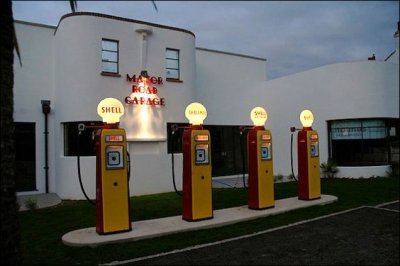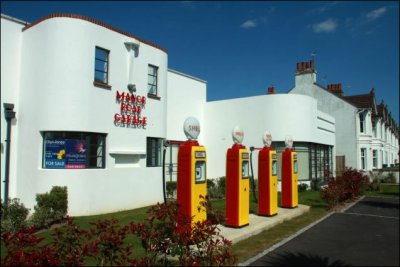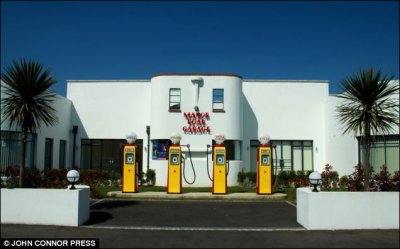LizzieMaine
Bartender
- Messages
- 34,088
- Location
- Where The Tourists Meet The Sea
W. D. Teague is The Man, even though he was kind of a proto-New Agey space cadet fifty years before such things existed -- his book, "Design This Day," is full of mystical jibbert-jabber about the power of the five-pointed star, etcetera. I suspect he was one of the guys who answered those ads in the back pages of Popular Science promising the Secret Knowledge of the Rosicrucians, A.M.O.R.C.

















